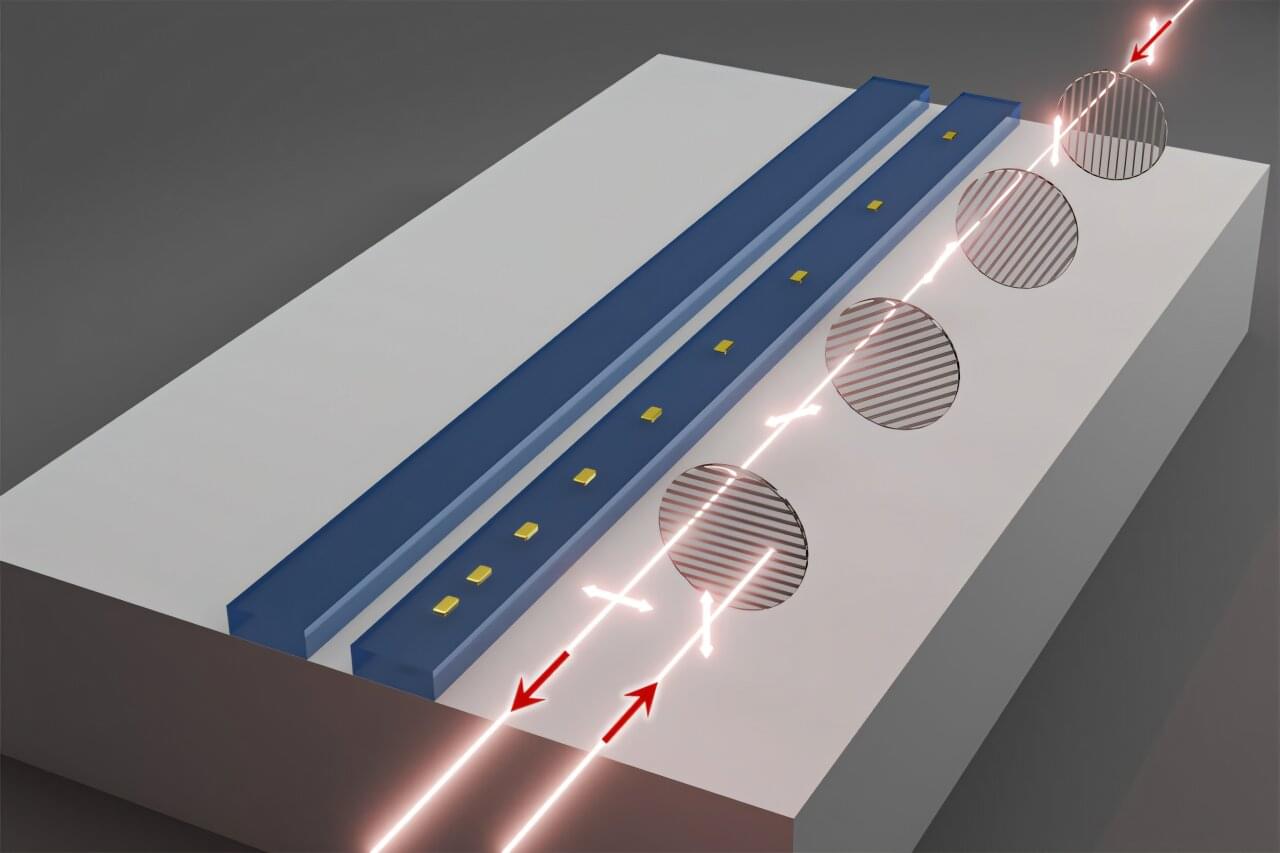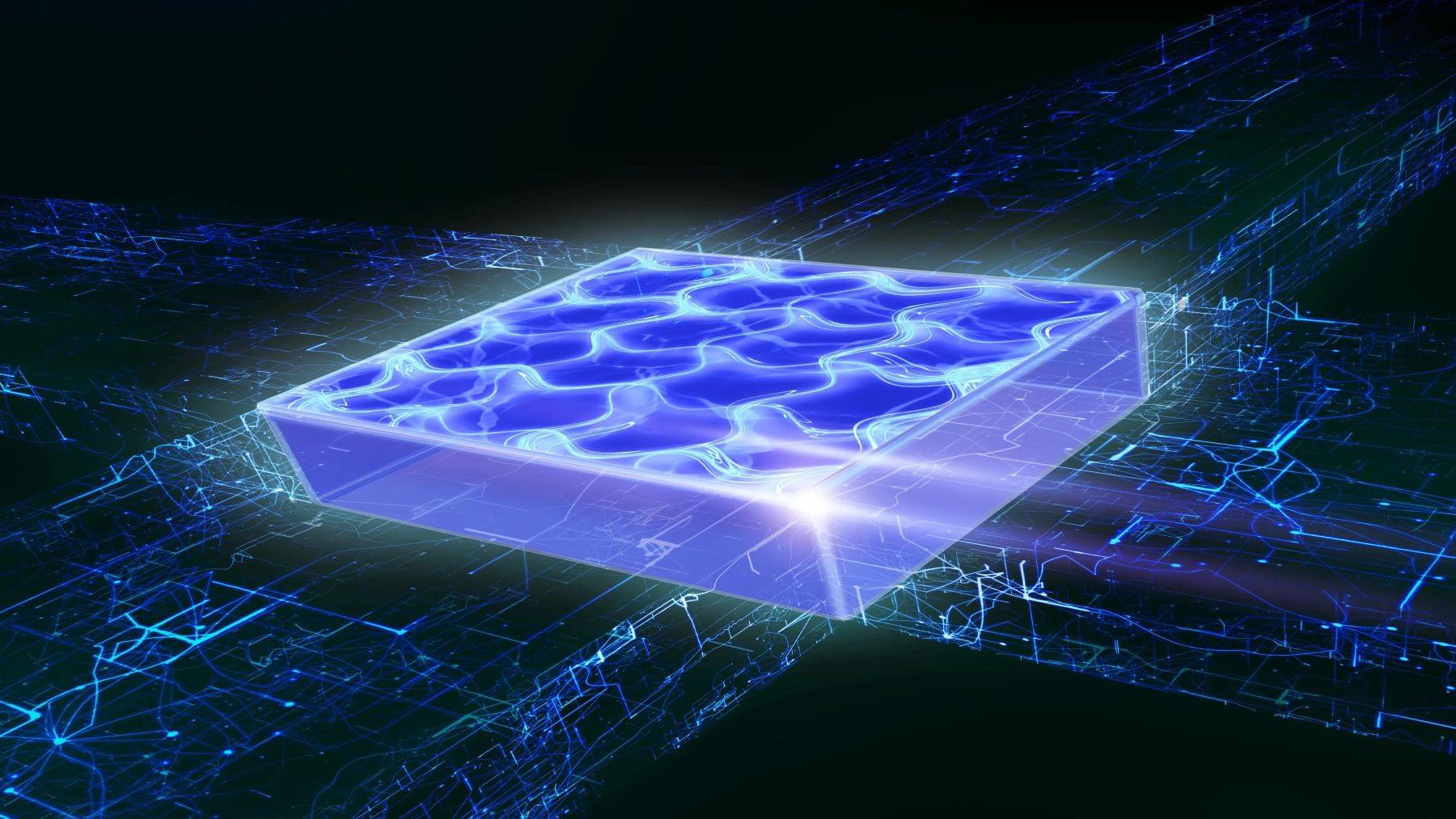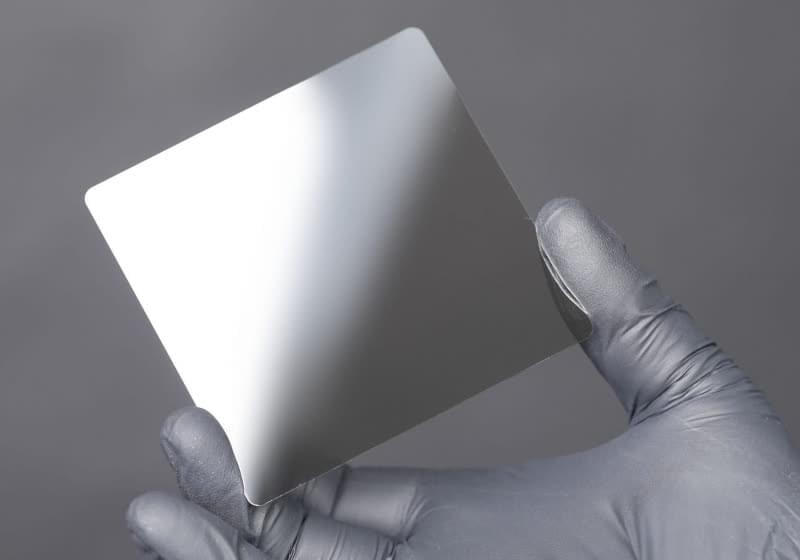To improve photonic and electronic circuitry used in semiconductor chips and fiber optic systems, researchers at the McKelvey School of Engineering at Washington University in St. Louis tinkered with the rules of physics that govern the movement of light over time and space. They have introduced a new way to manipulate light transmission, opening possibilities for advanced optical devices.
Their method causes a “mirror-flip of the system,” said Lan Yang, the Edwin H. & Florence G. Skinner Professor of electrical and systems engineering and senior author of the research, now published in Science Advances.
Using parity-time (PT) symmetric photonic waveguides, they can manipulate the light waves to “reverse time” so the system behaves the same as before, Yang added.









